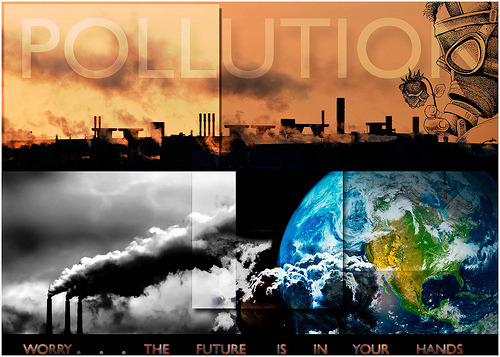
Oil Industry Turns to Pacific Northwest Oil Train Terminals in Wake of Keystone Rejection
New report shows controversial facilities would boost oil extraction and climate-warming pollution.
Last
week, President Obama rejected the Keystone XL pipeline, a strong stand
for climate protection. Yet a new report shows that the oil industry
will now turn to massive oil-by-rail
terminals proposed in the Pacific Northwest as a second-best
alternative to Keystone. In fact, in the absence of new pipelines
serving the Canadian oil sands fields, the fiercely debated Northwest
rail terminals would be the sole driver of new extraction there.
That’s
according to a new Sightline-commissioned analysis by independent
research group Oil Change International (OCI). Taken together, the
proposed Northwest oil-by-rail terminals
would be the climate pollution equivalent of adding more than 28
million cars to the road.
Tracking Emissions
The climate impact of the proposed crude-by-rail terminals in the Pacific Northwest.
The Pacific Northwest states of Oregon and Washington are facing a quadrupling of their crude-by-rail terminal capacity to over a million barrels a day. Sightline Institute commissioned this report from Oil Change International (OCI) to examine the impact that expansion would have on climate change.
In Tracking Emissions: The Climate Impacts of the Proposed Crude-by-Rail Terminals in the Pacific Northwest, OCI deploys the oil industry’s own forecasting and modeling tools together with a detailed examination of the Northwest facilities’ configurations. Key findings in the report concern:
- Propping up Canadian tar sands: In the absence of new pipelines, Northwest rail terminals would be the sole driver of new growth in Canadian tar sands oil.
- Multiplying oil extraction and climate pollution: Oil train facilities in the Northwest could unlock as much as 382,000 barrels per day of new tar sands production that would otherwise not be extracted. The resulting greenhouse gas pollution from extra tar sands production could be as much as 106 million metric tons per year of carbon dioxide—the equivalent of doubling the total greenhouse gas pollution of Washington state.
- Feeding the Bakken beast: Northwest oil train terminals could also lead to more oil drilling in the Bakken formation, as much as 114,000 barrels per day beyond what would be produced without the terminals. The resulting greenhouse gas pollution from this extra production could be as much as 30 million tons per year of carbon dioxide—the equivalent of doubling the number of cars on the road in Oregon and Washington.
No comments:
Post a Comment